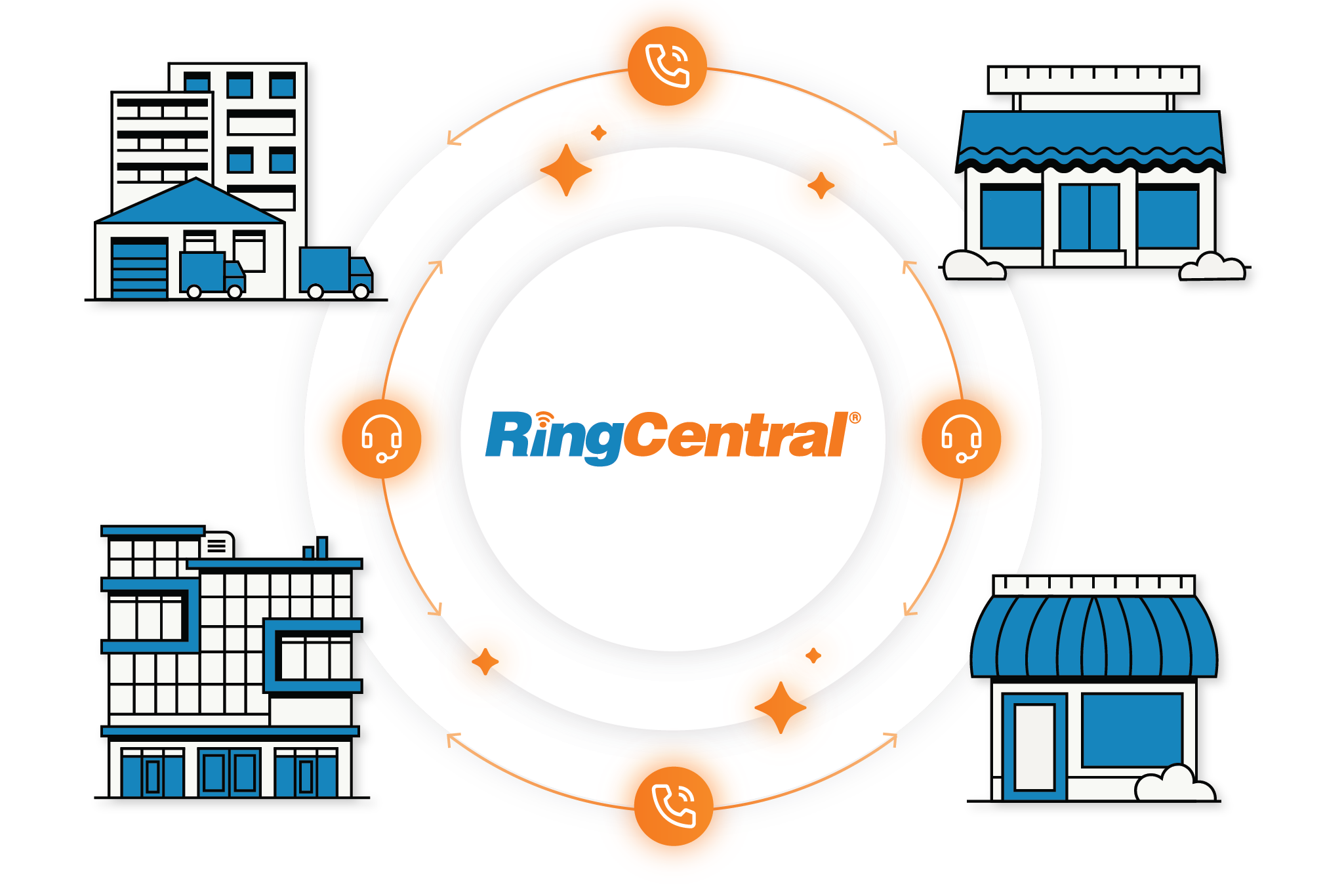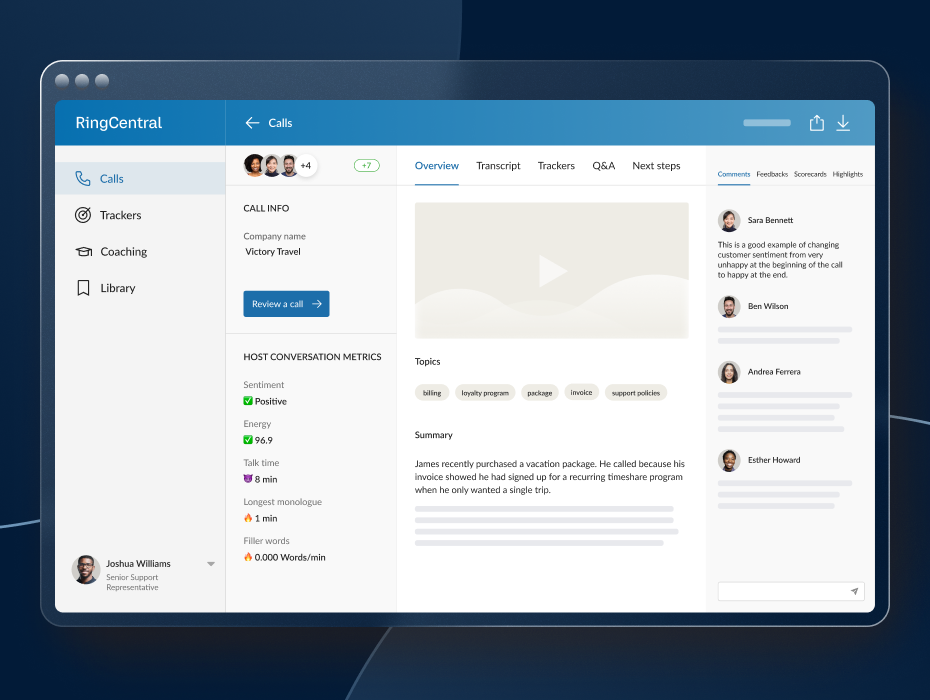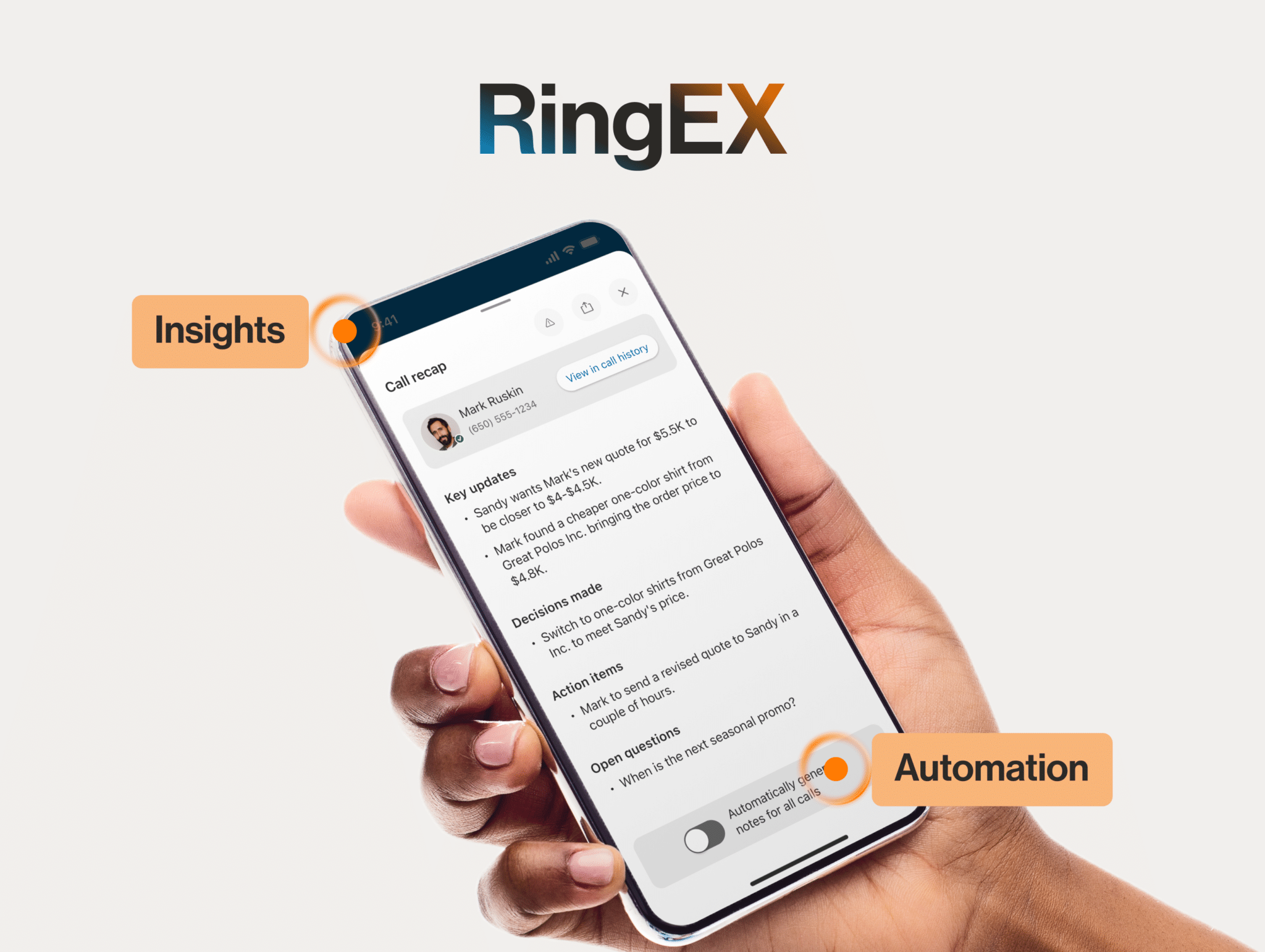Working in the contact center space in the AI era, people often ask me about how RingCX is using AI to help customers and businesses. Naturally, the first thing that comes to mind when you combine “contact center” and “AI” is a chatbot, also known as an Intelligent Virtual Agent (IVA).
The first generation of IVAs was, let’s just say, not incredibly intelligent. They had a predefined flow that understood a very limited set of words. If you got outside that box, you had the same experience as a phone menu that didn’t have the option you wanted. But instead of saying “Agent,” you were typing it.
Fortunately, technology has advanced over the years, and bots are more intelligent than ever. Conversational AI IVAs can understand dialog, sentiment, and context. They can even learn from their previous interactions to perform better. If your company has not invested in IVA technology, this blog will discuss some of the benefits and a strategy for implementing an IVA.
How customers benefit from IVAs
Today nearly 75% of consumers are comfortable interacting with a chatbot or IVA for customer service issues. The biggest benefit to the customer? Speed. Customers don’t have to wait in queue for an IVA to finish an interaction. And, if configured properly, the IVA can instantly help them quickly accomplish many simple tasks, like:
- Pulling information such as order status, account balances, and shipping updates
- Answering frequently asked questions from a knowledge base
- Completing actions such as appointment setting, purchasing tickets, and processing returns and refunds
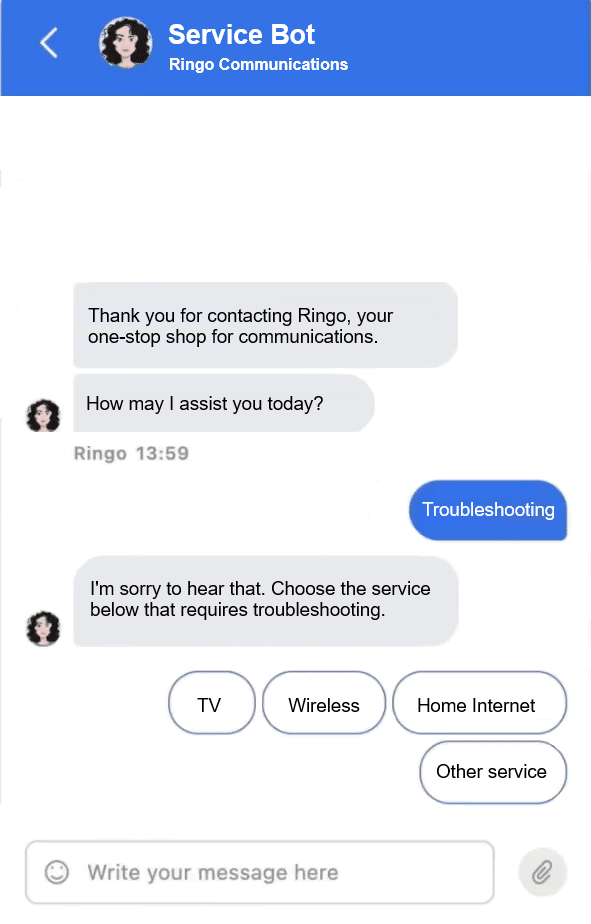
However, not all customers hold bots in high esteem. The biggest concern? If the IVA can’t solve their problem, they need the ability to connect to an agent – with context. One of the best ways to frustrate a customer is to make them repeat the problem or – even worse – repeat the same steps the IVA attempted.
How businesses benefit from IVAs
From an agent’s perspective, many of the tasks they help customers with each day can be very monotonous. Taking 100 calls to reset 100 customers’ passwords, for example, would make for a very unfulfilling day. Allowing agents to focus on more complex tasks can boost productivity by up to 50%.
On the operations side, IVAs can reduce operational costs by up to 60% by offloading many interactions from costly live agents to the IVA. In addition, since the IVA follows a defined workflow, the risk of human error (incorrect solutions) can be significantly minimized, improving customer satisfaction by up to 40%.
5 steps to implement an IVA in your contact center
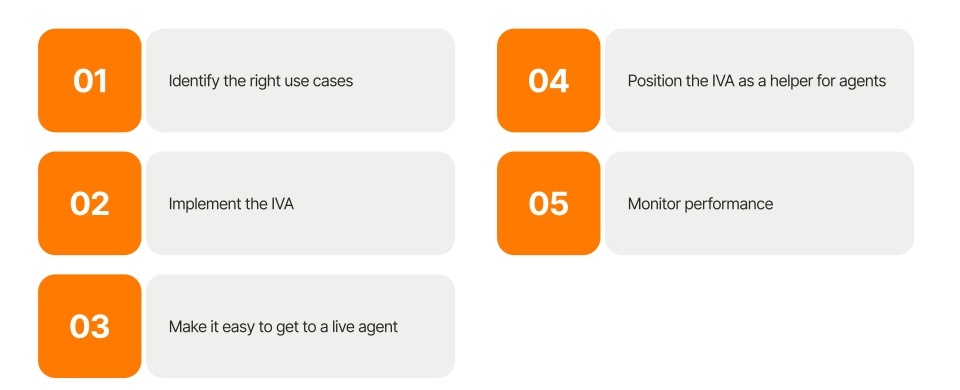
1. Identify the right use cases
IVAs cannot solve every issue, but there are likely many issues that are ideal for an IVA to handle. For example, according to Gartner, resolution rates for billing disputes are only 17%, compared to 58% for returns or cancellations. Is the solution repeatable? Can it be incorporated into a knowledge article for the IVA to easily reference? Is the information the customer needs stored in a database or other system that can be pulled by the IVA? These questions should help guide you in determining your IVA use cases.
2. Implement the IVA
Depending on the solution, this can be very challenging – often too challenging for many businesses. Traditional IVA platforms require heavy coding or professional services. When looking at IVA providers, using one with a no-code, drag-and-drop interface can speed deployment time and reduce costs and dependencies on 3rd parties for help.
3. Make it easy to get a live agent
Not every customer will want to interact with an IVA. Forcing them to – even when they clearly request a live agent – will significantly impact their experience. Even if you have an IVA that can solve the majority of issues, remember the old adage – “The customer is always right.” If they want a live agent, make it easy for them to get to one – with full context of the conversation so they don’t need to repeat themselves.
4. Position the IVA as a helper, not a replacement for your agents
Many agents would welcome the chance to never have to look up a customer’s order status. However, some may fear that the IVA is there to take their job. It is critical to clearly communicate the division between what is expected of the IVA and what is expected of the agent.
5. Monitor IVA performance
Just like you review the performance of your agents, you need to review the performance of your IVA as well. What percentage of interactions did it solve on the first attempt? How many interactions had to be escalated to an agent? What are the best (or worst) performing customer journeys in the IVA? And just like you would provide custom training plans to boost agent performance, you can make any necessary adjustments to your IVA to boost its performance.
Meet the RingIVA Pro
The RingIVA Pro for RingCX has advanced conversational AI capabilities that reduce customer effort with automated self-service for simple, repetitive queries and tasks. If the IVA is unable to address a customer issue, it seamlessly passes the interaction to a live agent with full context of the conversation. This enables agents to deliver informed, fast, and accurate solutions that lead to higher first contact resolution and customer satisfaction.
In line with RingCX’s value proposition of easy setup, the RingIVA Pro provides a no-code, drag-and-drop interface to simplify deployment.
Learn more about the RingIVA Pro by visiting https://www.ringcentral.com/ringcx.
Originally published Mar 27, 2024


